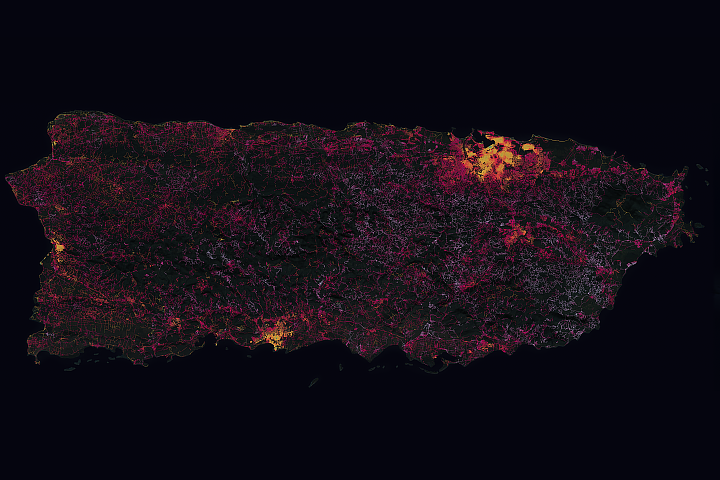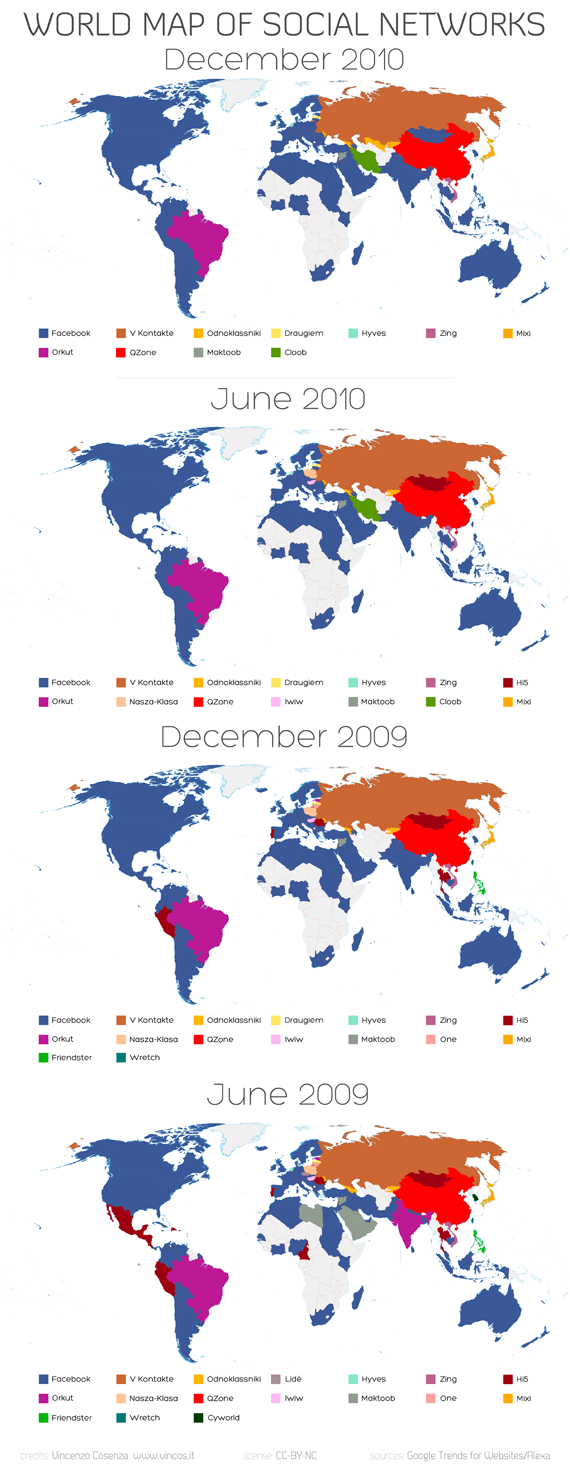May 4, 2007
Biowarfare Research: Site 300 in Tracy, California
The federal government wants to do nuclear weapons testing and bio-warfare agent experimentation on Site 300, near the city of Tracy, California. Tracy, 19 miles from Livermore, home of the Lawrence Livermore National Lab, is in the northern part of California's San Joaquin Valley, some of the world's most fertile farmland. It is a fast-growing city of the outer San Francisco Bay Area. The 2000 census pegged the population at just over 56,000 people. Five years later, a new estimate found that Tracy had added over 20,000 people.1
A 5,500-unit housing development is planned for an area only 1 mile from the fence line of Site 300.2 Like its neighbors in the Bay Area, Tracy is in earthquake country. The Black Butte Fault, the Midway Fault, the Carnegie Corral Fault and the San Joaquin Fault are all sources of seismic hazard in the immediate area. And Tracy would be endangered by a "well-placed" quake along the San Andreas, Hayward, or Calaveras faults.3
Site 300 is a 7000-acre (11 square-mile) open field owned by the Lawrence Livermore National Lab that is used as a high explosives testing range. It is located on Corral Hollow Road on the outskirts of Tracy, near the heavily-trafficked Interstate 580. Earthquake faults, such as the Elk Ravine Fault, traverse the whole area. Additionally, the area is prone to wildfires.4

A Witches' Brew of Bugs and Bombs
Site 300 has been on the EPA's "Superfund" list since 1990. It is polluted with many toxic and radioactive materials, including tritium (radioactive hydrogen) and uranium-238. Despite over 25 years on the list, the government still has no cleanup plans for Site 300.5
In early March, 2007, community members and environmentalists celebrated a victory when the San Joaquin Air Pollution Control District rescinded its decision to allow the Lawrence Livermore Lab to test 350-pound bombs on Site 300. The planned tests were to have simulated full scale nuclear weapons blasts. The district withdrew its permission after learning from local residents that the bombs would contain depleted uranium. The lab did not mention the use of depleted uranium in its initial permit application.6
"Generally, depleted uranium is not considered radioactive because its radioactivity level is so low as to be equal to or below background level," said Lawrence Livermore Lab spokesman David Schwoegler. "It is in the ballast of every sailboat and jetliner and commercial use."7 However, having depleted uranium contained in boat and airplane ballast is different from letting it travel through the air on the wind, and settle on the ground where it might contaminate groundwater, the neighboring farm produce, and the wild plants eaten by the animals in the area. "If these huge explosions had been allowed to go forward, the hills, nearby waterways, the workers and the surrounding community would have all been put at risk," said Loulena Miles, staff attorney for Tri-Valley Communities Against a Radioactive Environment, a nuclear watchdog group in the area.8

But while plans for explosives testing are on hold while the federal government decides how it will respond to District's decision, other plans with respect to Site 300 are going forward. On April 16, the Department of Homeland Security sent its "site selection" team to Site 300 to evaluate the site as a home for high-containment biowarfare agent research. Site 300 is one of 17 locations being evaluated for a proposed lab that is slated to cover 500,000 square feet.9
Consider that many communities do not want a "big box" Wal-Mart store in their neighborhoods. This lab would be equal in area to five Wal-Mart big boxes. And whereas Wal-Mart contains things that people find useful, such as groceries, toilet paper and DVDs, the lab would contain such unappealing items as anthrax, bubonic plague and Q fever in the BSL-3 portion of the lab, where potentially lethal infectious or exotic pathogens are kept. The BSL-4 portion of the lab would harbor organisms that cause diseases for which there is no known cure, such as the Ebola and Marburg viruses and Central European tick-borne encephalitis.10 Not exactly the kinds of things you go looking for when you visit a Wal-Mart.

The Department of Homeland Security claims that "community acceptance" will be one of the selection criteria for the lab. The Tracy City Council has voted against the lab. Additional opposition has come in the forms of petitions, letters to the editor, letter-grams, e-mails, and phone calls to DHS Secretary Michael Chertoff. Some 7000 people are estimated to have participated in some form of opposition to placing the lab on Site 300.11 "What part of 'no' does the Department of Homeland Security not understand?" asks Marylia Kelley, executive director of Tri-Valley Cares.12
It remains to be seen for how long "community acceptance" will remain a selection criteria for DHS. There is heavy opposition to locating a high-containment biowarfare lab in any sizable community, from the San Francisco Bay Area to Boston's Back Bay. DHS might want to locate these labs in areas where there is a good chance of attracting the highly-educated personnel required to run such a facility. But situating such a lab in an urban area where such highly-educated people are likely to be, presents potential danger to millions. According to DHS, the potentially-affected community whose acceptance of the Department seeks is the community of people "living within a 60-mile radius" of a proposed facility. For Site 300, the potential community is over 7 million people.13

DHS wants to scare people into thinking that terrorists are busy designing biological weapons and we have to know what the terrorists are up to. This in itself is terrorism. The evildoers that the current administration would have us believe are lurking behind every tree would have to be extremely sophisticated to work with the organisms that one finds in BSL-3 and BSL-4 laboratories. So sophisticated, in fact, that they would likely be state-sponsored. And by hiding biological research within classified nuclear weapons research facilities, the government leaves itself open to reasonable suspicion that it is the United States, not “terrorists”, that wants to develop offensive biological capabilities rather than to defend against them.
5 Press release, Tri-Valley CAREs, April 16, 2007, Op. Cit.
9 Ibid.
10 Press release, Tri-Valley CAREs, April 16, 2007, Op. Cit.
11 Quick Facts, August 31, 2006, Op. Cit.
12 Press release, Tri-Valley CAREs, April 16, 2007, Op. Cit.
13 Ibid.
14 Ibid.



















No comments:
Post a Comment